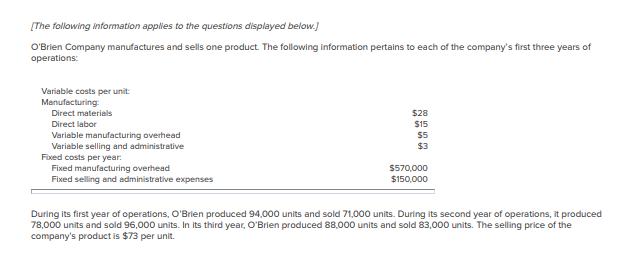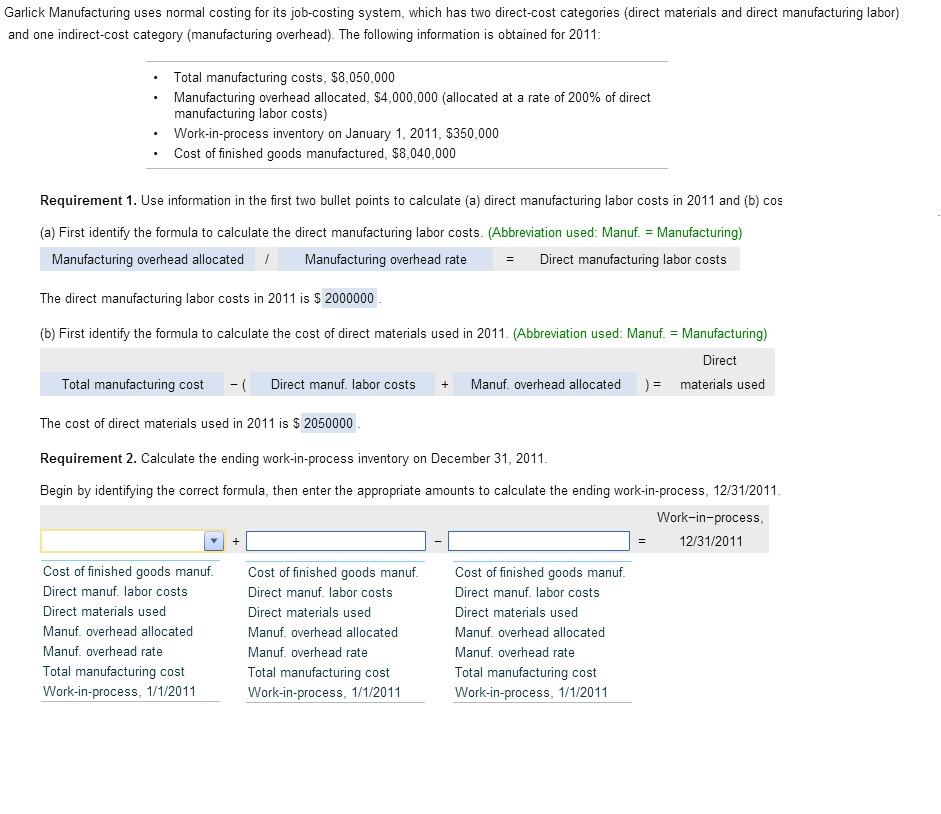


The remainder of this section demonstrates preparation of the statement of cash flows of the company whose financial statements are shown in Figure 16.2, Figure 16.3, and Figure 16.4.įigure 16.4 Statement of Cash Flows. Transactions that do not affect cash but do affect long-term assets, long-term debt, and/or equity are disclosed, either as a notation at the bottom of the statement of cash flow, or in the notes to the financial statements. Step 5: Present Noncash Investing and Financing Transactions Total net cash flow added to the beginning cash balance equals the ending cash balance.The beginning cash balance is presented from the prior year balance sheet.The net cash flows from the first three steps are combined to be total net cash flow.To reconcile beginning and ending cash balances:

Step 4: Reconcile Total Net Cash Flows to Change in Cash Balance during the Period Step 3: Present Net Cash Flows from Financing Activitiesįinancing net cash flow includes cash received and cash paid relating to long-term liabilities and equity. Investing net cash flow includes cash received and cash paid relating to long-term assets. Step 2: Determine Net Cash Flows from Investing Activities Adjust for changes in current assets and liabilities to remove accruals from operating activities.Remove the effect of gains and/or losses from disposal of long-term assets, as cash from the disposal of long-term assets is shown under investing cash flows.Add back noncash expenses, such as depreciation, amortization, and depletion.Begin with net income from the income statement.Using the indirect method, operating net cash flow is calculated as follows: Step 1: Determine Net Cash Flows from Operating Activities The statement of cash flows is prepared by following these steps:


 0 kommentar(er)
0 kommentar(er)
